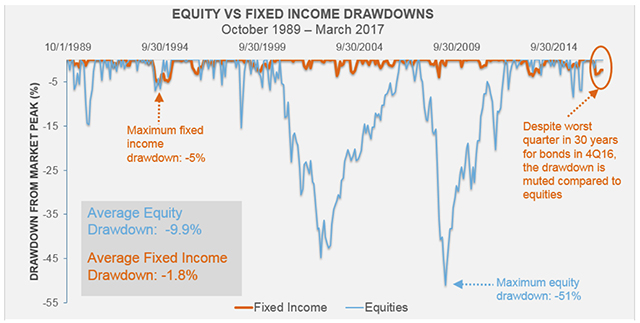
It is also important that these managers have the networks, discipline, and industry expertise to avoid overpaying in frothy markets, develop and execute clear value creation plans at portfolio companies, and identify the most accretive selling opportunities in any given market environment.Īfter all, the central value proposition of private equity (and the rationale for private equity’s fees) is to maximize value via improved operations regardless of the market context, as well as to exercise selectivity and discipline in both deploying capital and exiting investments. HIGH-QUALITY MANAGERS CAN PERFORM WELL IN ANY MARKETĮffective private equity investors typically find that the best strategy is to focus on finding experienced managers who can take advantage of favorable investment conditions when they occur (effectively, buying low, selling higher, and taking advantage of secular growth along the way). This underscores the basic need to construct private equity allocations that are diversified by manager, strategy, and vintage. Given the nature of private equity fund investing, a vintage selection approach that attempts to predict both market conditions and the performance of specific strategies far into the future has a slim chance of consistent success. Timing the markets in the context of performing fundamental analysis on individual, liquid stocks is difficult enough. In fact, as shown in Figure 1, buyout and venture capital returns have exhibited meaningful counter-cyclicality, despite both being equity oriented. To provide another example, one might reasonably assume that buyout and venture capital funds would tend to perform similarly across cycles. In other words, trying to cherry pick vintage years for private equity would require exceptional market foresight and macro timing. 1įor a sharpshooting, vintage-timing approach to be successful, one would have to know in advance not just which multi-year period will present the most favorable investment environment for a given strategy, but that the selected manager will, in fact, deploy the majority of their capital during that concentrated period. But 2008 vintage year funds far outperformed the 20 vintages, delivering a median net internal rate of return of 14.5%, compared with 7.5% for 2007 and 10.6% for 2009. One might assume they would deliver similar performance as funds from all three vintages had the opportunity to deploy capital during the depths of the financial crisis. This makes it impossible to predict the predominant investment environment for a given fund.Ĭonsider distressed funds with vintage years between 20. The fact that private equity fund investments are not made in one lump sum, but rather the committed capital is deployed over several years, gives managers a fair amount of flexibility to time their entry and exit points. Moreover, private equity fund lives are split into an investment period that typically lasts five years and a subsequent harvesting period, when the exit environment becomes more relevant. VINTAGE PERFORMANCE IS HARD TO PREDICTĪs most would acknowledge, attempting to forecast market conditions over a prolonged period is a futile exercise. Investors can help mitigate the impact of vintage performance volatility by allocating across multiple vintages and selecting high-quality investment managers. Other vintages may have the ill fortune of deploying most of their capital right before a market crash. Funds of a certain vintage may benefit from investing into a low-valuation environment and a corresponding ability to ride an economic recovery.

While volatility is not as dramatic in private markets as it is in the public markets, private markets are also subject to cycles. Similarly, prevailing market conditions can impact private equity results.Ī private equity fund’s “vintage” year, the year in which it makes its first investment, effectively starts the clock on the 10-year term of a typical fund.


In wine production, prevailing conditions during the growing season influence vintage quality. Timing can impact private equity fund performance, highlighting the importance of manager selection and vintage diversification.


 0 kommentar(er)
0 kommentar(er)
